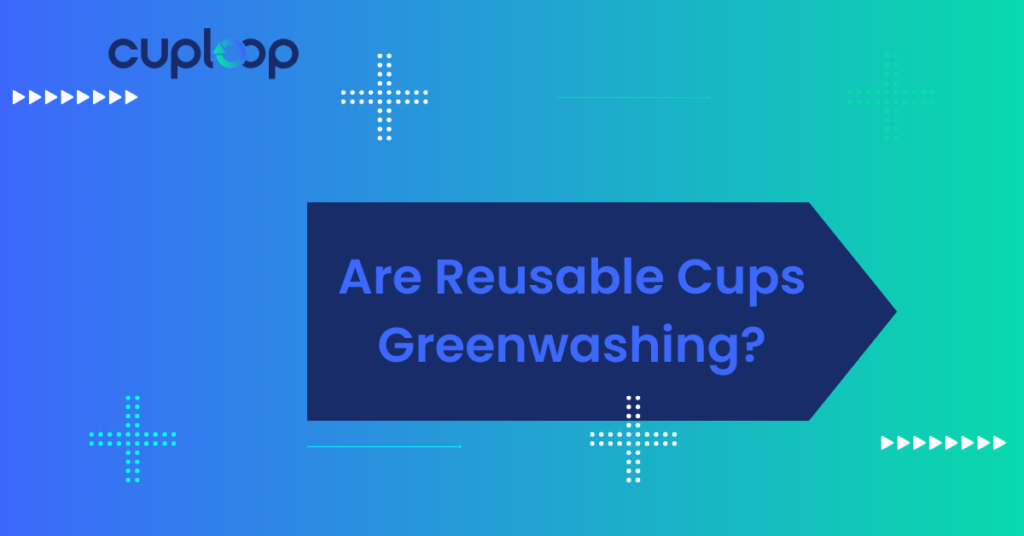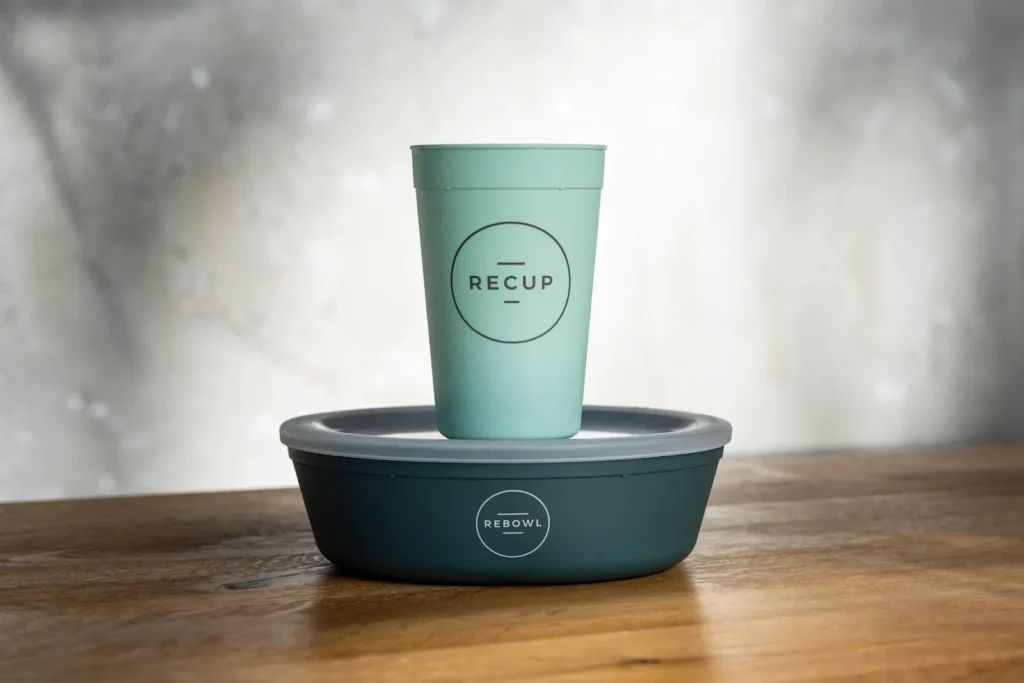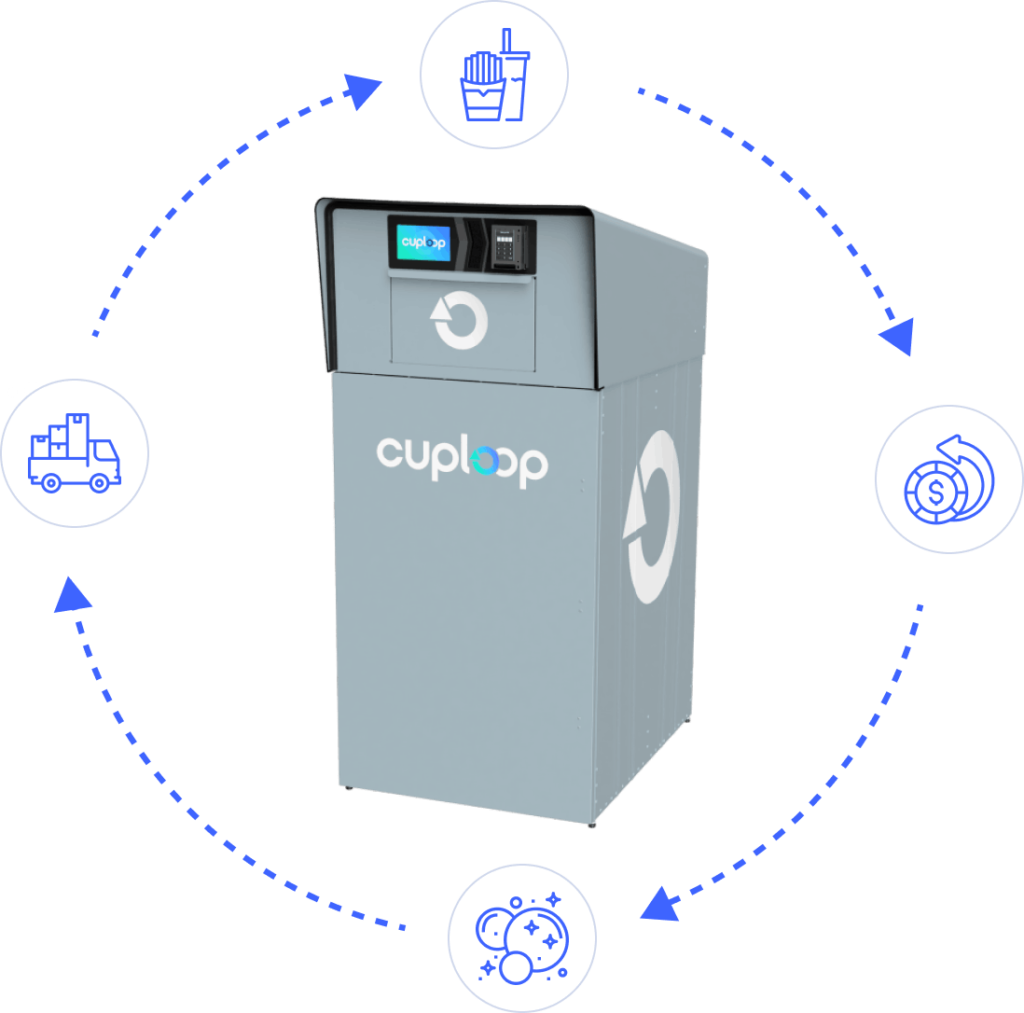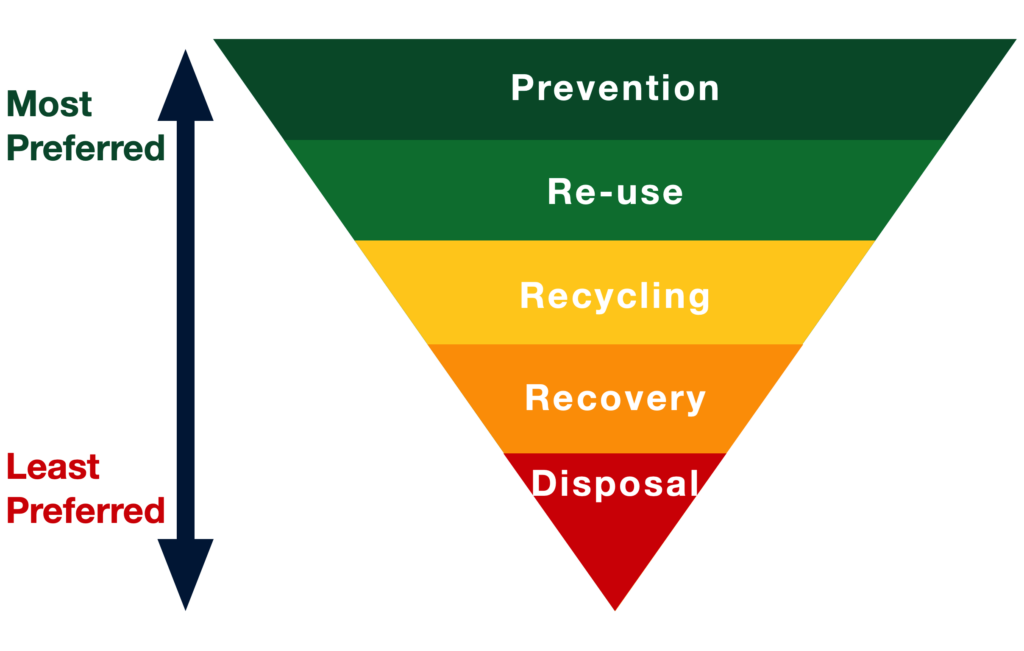Are Reusable Cups Greenwashing? The Truth Behind the Reuse Revolution

Reusable cups have been marketed as the ultimate solution to the single-use plastic crisis. Cafés, stadiums, and entire cities are embracing reuse systems, promising a greener future. But here’s the million-dollar question: Are reusable cups truly sustainable, or just another case of corporate greenwashing? This article examines both sides of the debate and reviews independent data, case studies, and potential pitfalls.
What is Greenwashing?
Greenwashing is when companies mislead consumers into believing their products or initiatives are more environmentally friendly than they actually are. This can take many forms, such as exaggerated claims, vague sustainability messaging, or marketing gimmicks that do little to address real environmental problems. When it comes to reusable cups, the question is whether they truly reduce waste and carbon emissions or if they’re just another corporate PR stunt.
The Greenwashing Debate: Hype vs. Reality
Some critics argue that reusable cup systems are just a feel-good marketing gimmick – a way for brands to signal sustainability without making a real impact. After all, if reusable cups require washing, transportation, and infrastructure, how much better are they than single-use cups?
Let’s break it down with real numbers and case studies to separate fact from fiction.

The Shocking Environmental Cost of Single-Use Cups
Before we judge reusable cups, let’s look at the hard truth about single-use cups:
- 500 billion cups are estimated to be used globally each year – most of them plastic-lined and not recyclable. (Source: Earth Day Network)
- Producing just one paper coffee cup with a plastic lid emits 0.11 kg of CO₂ (taking into account the paper, the paper sleeve, production and shipping), meaning the average coffee drinker contributes 5 kg of CO₂ per month just from takeout coffee. (Source: Journal of Cleaner Production)
- The UK alone throws away 2.5 billion coffee cups annually, yet less than 1% are actually recycled. (Source: House of Commons Environmental Audit Committee)
- Starbucks uses more than 8,000 plastic-lined paper cups and plastic cups every minute – that’s over 4 billion per year. (Source: Starbucks Sustainability Report)
Clearly, single-use cups are an environmental disaster. But do reusable cups actually solve the problem?
How Many Uses Before a Reusable Cup Wins? (The Life-Cycle Debate)
One of the biggest arguments against reusable cups is their manufacturing footprint. Since they require more materials, energy, and water to produce, they need to be used multiple times before their environmental impact is lower than single-use cups.
Breaking Down the Numbers:
- A standard reusable plastic cup (polypropylene) needs to be used at least 20 times to break even with a disposable paper cup (source: VTT Technical Research Centre of Finland). Some studies claim even 7 times.
- A stainless steel cup requires over 100 uses to offset its carbon footprint compared to single-use (source: International Journal of Life Cycle Assessment).
- Washing a reusable cup uses 0.5–1.5 liters of water per wash, but the paper industry consumes 20 times more water per cup in manufacturing (source: Water Footprint Network).
Life cycle studies take into account all aspects related to production, such as greenhouse gas emissions, water consumption, resource extraction, and waste generation. Compared to single-use products, all these costs are distributed over multiple uses in the case of reusable items. For example, washing reusable products requires significantly less water than producing new single-use products, as the highest water consumption occurs during the material extraction and manufacturing stages.
Bottom Line? If a reusable cup is actually reused consistently, it beats single-use cups in both carbon emissions and resource consumption. Obviously logistics and washing play are crucial role here. After a certain distance reusable cups may start polluting more in terms of CO2 than single-use cups. So the circulation must be well optimised.
Real-Life Examples: The Good, The Bad & The Greenwashed
Success Story: Germany’s RECUP System
- Germany’s RECUP program has replaced millions of disposable coffee cups with a deposit-return system.
- Over 20,000 cafés now offer RECUP, reducing single-use cup waste by tens of millions per year.
- Customers pay a €1 deposit, return the cup at any location, and get their money back – proving that reuse works when done right.

The Failure: Seattle’s Café Reuse Program
- A Seattle-based café launched a reusable cup initiative, but it struggled due to logistical challenges and a lack of coordination with other businesses.
- Customers found it difficult to return cups conveniently, leading to low participation rates.
- Without a larger network of participating cafés and proper infrastructure, the program ultimately failed.
- Lesson? Reusable systems need widespread collaboration and convenient return points to succeed.
Greenwashing Alert: Compostable Cups
- Many brands market compostable cups as “eco-friendly,” but in reality, most end up in landfills.
- Compostable cups require industrial composting facilities, which 99% of cities lack.
- If a cup doesn’t break down naturally in your backyard, it’s not truly sustainable.
The Future of Reusable Cups: Smart Systems & Tech Innovations
For reusables to truly work, we need smart, scalable systems that make returning cups as easy as using disposables. Companies like Cuploop are solving this with automated return kiosks that:
- Use RFID technology to track reusable cups.
- Offer instant deposit refunds for seamless returns.
- Integrate into existing café, stadium, and corporate infrastructures.

With smart automation and better incentives, reusables can outcompete disposables on both convenience and sustainability.
Conclusion: Reuse Isn’t Greenwashing – But It Must Be Done Right
Are reusable cups greenwashing? Not if they’re used properly.
When designed with efficient return systems, low-energy washing, and consumer convenience in mind, reusable cups have the potential to contribute to waste reduction and lower environmental impact. However, the benefits are not automatic, and they fail when brands implement half-baked systems that consumers don’t use.

🔹 The key to success? Smart technology, incentives, and circular infrastructure.
So next time you grab a reusable cup, make sure it’s part of a real solution, not just a marketing ploy.
Would you like to discuss how Cuploop can integrate into your business? Book a quick demo with Kristi!
